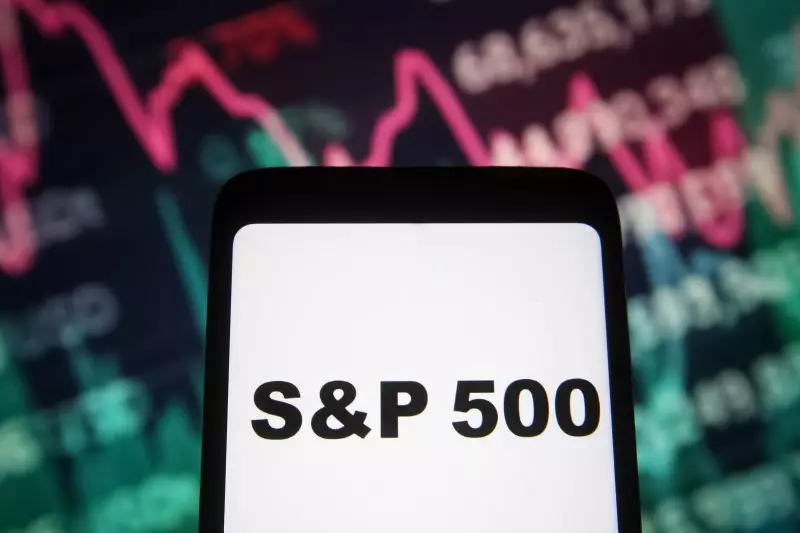As the financial community looks ahead to 2025, the S&P 500 index is navigating a turbulent landscape marked by significant concerns regarding its future trajectory. According to strategists at Bank of America, the outcome of the recent electoral cycle has left a noticeable gap—both politically and financially—that could play a crucial role as investors assess the index’s vulnerability and potential recovery in the months ahead. The performance of the index has proven lackluster, particularly as December 2024 concluded without the customary Santa Claus rally, casting doubt over a strong start to the new year.
The reliance on historical trends and patterns is a frequent anchor for financial analysts. During this pivotal transitional period, the absence of a typical year-end market rally has left many strategists questioning the robustness of the S&P 500’s current support levels. Stephen Suttmeier, the technical strategist from Bank of America, identifies a critical support range for the S&P 500 stemming from the electoral landscape. This support threshold, identified between 5864 and 5783, necessitates a thorough examination as market sentiment hangs in the balance.
Technical analysis has long been a staple of market forecasting, and the S&P 500 is no exception. Strategic assessments reveal a series of potential formational patterns that could indicate future price movements. Suttmeier’s observations suggest that if the S&P 500 retrogresses and fills the noted gap, a head and shoulders formation may emerge, which could signal a downturn exposing the index to more significant support levels between 5700 and 5650. This predictive model is grounded in historical behaviors, thus necessitating careful watching.
However, a contrasting signal arises from the cumulative net up volume, which has remained robust despite the overall weakening trend in the index’s advance-decline (A-D) line since late November 2024. This disparity might suggest a counteracting force capable of offering some support against more market-negative scenarios. As such, while the risks of a head and shoulders top loom, the market’s response could defy forthright expectations if trading volumes maintain their strength.
The notorious December rally—often dubbed the Santa Claus rally—boasts a historical success rate, elevating the S&P 500 approximately 79% of the time during this period, with an average upward return of 1.6%. The absence of such a rally this year, resulting in a minor drop of 0.53%, amplifies concerns as January rolls in. Historically, a lack of December gains typically paves the way for January losses, exhibiting the trend where the S&P 500 has declined 52% of the time following a non-existent Santa trend.
Additionally, the January Barometer offers a long-held hypothesis that the month’s performance implies the overall trend for the rest of the year. According to this adage, a positive January correlates with an impressive average yearly return of 13.9%, while a negative January can spell trouble—historically leading to a decrease in the index about 70% of the time, with an average yearly return that turns negative at -3.5%.
The Road Ahead: Caution and Strategy
As investors strategize for potential earnings in early 2025, the hurdles seem steep, with many market participants left wondering how to navigate these uncharted waters. Should January mirror past trends and rise to the occasion, the index might reverse the downward sentiment. Conversely, a down month may cement a bearish outlook, leading financial advisors to prepare their clients for inherent volatility in the first quarter.
Ultimately, the intersection of political outcomes, technical patterns, and historical data against the backdrop of investor psychology paints a complex picture that requires meticulous monitoring as we advance into the new year. These interrelated dynamics will not only influence investor decisions and market movements but also underscore the inherent unpredictability that accompanies financial markets on the cusp of transitioning into the 2025 landscape.

